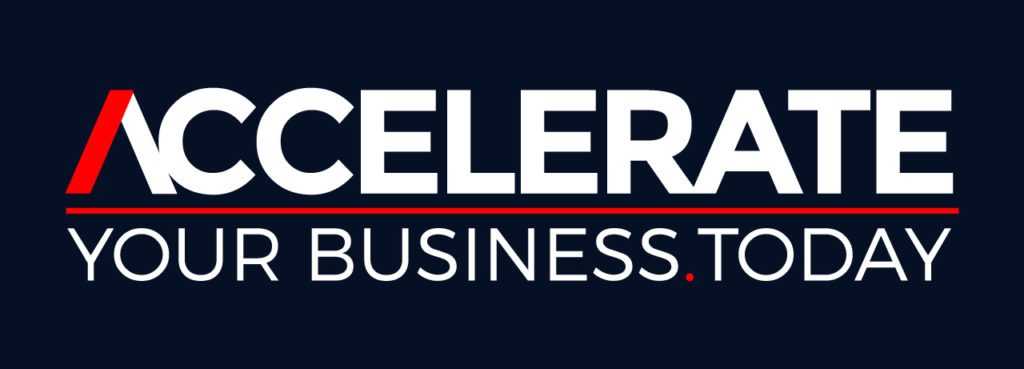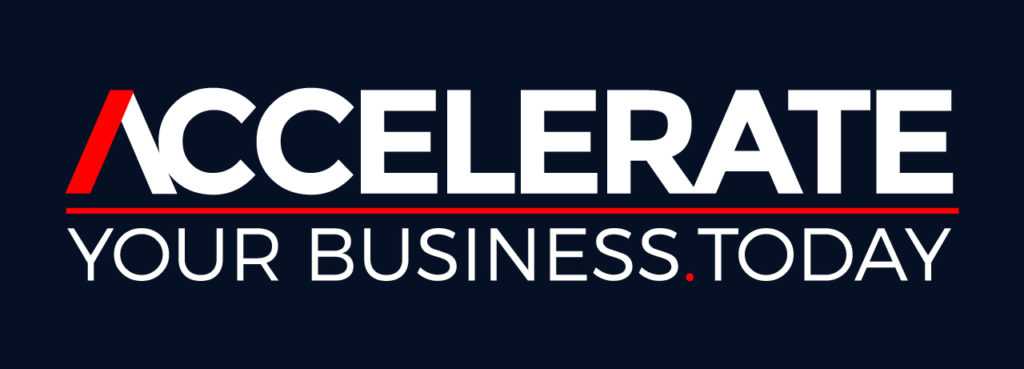From analogue to digital has changed the music and newspaper industries forever.
There is no returning to newsprint, CDs and cassettes – the transformation to digital is final and near complete.
Now every other industry is being transformed.
Shein, the Chinese smartphone-only fast fashion brand with no physical shops, outsells Zara and H&M combined in the USA.
The barriers to entry in an analogue world no longer apply in a digital world.
- New business models
- New entrants and
- New winners are emerging,
What took 25 years to transform newspapers and music – books in under ten years, now most professions and industries are going through rapid multi-year industry digital changes.
Now 40% of all U.K. non-food retail is online – which explains why nearly half their shops are empty – never to be used again.
Business leaders and boards – increasing time each month getting their future strategies – as they move from analogue to digital.
The owner of Kraft Heinz called himself – a terrifying dinosaur.
The old business model of manufacturing – built for large-scale, high-volume distribution is breaking down – they are not competitive unless they deliver enormous volumes.
Instacart.com is one of the fastest-growing marketplace businesses in the western world – an example of analogue to digital.
- It claims to be the world’s largest online grocery delivery service,
- Order groceries for delivery or pickup today,
- Whatever you want from local stores, brought right to your door,
When the pandemic hit the U.S. last year, Instacart suddenly became a lifeline for millions of consumers. Sales volumes skyrocketed; in one month, the company added 300,000 drivers to keep up with its orders.
How it started
Apoorva Mehta is the Indian-Canadian founder of the grocery delivery company Instacart an online grocery store that started in 2012.
In 2020, Mehta became a billionaire at 33 and lives in San Francisco.
Instacart was one of 20 businesses started by Mehta in the early 2010s, in a wave of entrepreneurial spirit – the other 19 businesses failed to ignite.
Differentiation
Instacart lets you shop from local grocery stores online and then sends their shopper to fulfil and deliver your order to you the same day. Unlike other grocery delivery services, the company does not stockpile fresh produce in a massive warehouse.
Revenue and valuation
- $35 billion in grocery sales in 2020.
- An estimated 9.6 million active users and over 500,000 shoppers pick items in-store for users.
- In March 2021, Instacart’s business valuation was $39 billion.
- Commissions: a revenue-sharing agreement with its retailers.
- Markup prices: Instagram’s online prices are more than their in-store prices – 15% or higher.
- Delivery fees: delivery fee income starts from $3.99 and can extend up to $ 9.99
- Membership fees: Instacart express from $99 – receive free deliveries for a year.
- Advertisements: Advertisements from other businesses on their app.
How it works
- Select items from your favourite grocery stores at Instacart.com or via their app,
- See real-time updates,
- Personal shoppers pick items with care. Chat in the app as they shop and manage your order,
- Get your items same-day,
- Pick a convenient time for you,
- 500 million products available to shop across the catalogue,
- 40,000 stores – small local grocers to chain stores,
- 5,500+ cities across the U.S. & Canada – so far,
- Millions of orders are delivered or picked up yearly,
- Delivery: Fees start at $3.99 for same-day orders over $35. Fees vary for one-hour deliveries, club store deliveries, and deliveries under $35,
Instagram marketing strategy
Instacart – is a two-sided marketplace – connecting personal shoppers – who pick a product in-store for Instacart buyers.
To be successful, Instagram needs to onboard equal buyers and sellers.
- Buyer profiles – 80% of Instacart customers are women
- 50% are between the ages of 25-44, while 30% are aged 55-75
- 60% live one mile or less from a grocery store
- 40% are parents, while 15% are retired.
Two core buyer personas –
- young mothers with limited time to make their grocery shopping trips
- internet-savvy retirees.
It achieved success by
- Segmenting local audiences,
- Remarketing to potential shoppers, and
- Optimising ads for performance across
- Social media channels – where their ideal buyers are all day.
- Supported by Google Ads
- TV. ads
- SEO
Value proposition – everyone wins.
Users: Get a convenient way for shopping groceries, fast delivery, and inventory.
Shoppers: Flexible working schedule along with additional income.
Stores: Additional sales plus an increase in numbers of customers.
Now the most valuable asset in the world today is attention.
The FASTEST growing businesses have one thing in common they get more attention on multiple social media platforms – every day.
- They get more attention first
- Next More engagement
- Influence and Sell More.
ACCELERATE DELIVERS MORE – ATTENTION + ENGAGEMENT – FASTER to Influence and Sell more.
Without
- paid advertising,
- lots of content generation,
- and without doing a lot of outreach #socialselling,
Get our new quick-video case study of how we delivered 500x more attention in under 120 days – with real people.
ACCELERATE – provides a monthly subscription social media publishing + strategy service.
If you have read this far, thank you for your attention.
It means a lot. I hope this helped you even a little bit in better making sense of this topic. If so, please, share it with a friend who might also benefit from it.
Thanks for reading,
David

